8 things you should never store in a playroom and where to put them instead
Read our top tips on how to keep your playroom organized and fun at the same time


Playrooms should be the epicenter of fun as well as a place for your children to relax and feel safe and comfortable.
They're a designated space for toddlers to teens to enjoy which means their bedrooms are simply for sleep – too many toys and distractions in a bedroom can inhibit sleep patterns. With a playroom, everything is conducive to play and fun and they also encourage cooperative play if you have more than one child, or have children over to play after school and at weekends.
Ensuring you have an organized playroom is of utmost importance. This space can become messy fast, so it is vital to stay on top of your playroom storage and toy storage ideas.
Whilst they are an invaluable space in the home, there are things never to store in a playroom, with expert advice, we look at these key elements below.
What not to store in your playroom and where to put it instead
Robin Hilmantel, senior director of editorial strategy and growth at BabyCenter, says they conduct regular research with parents and recent findings were interesting:
'Nearly 1 in 4 parents (24%) don't anchor their furniture to the ground so it doesn't fall or tip over and cause an accident around their adventurous child, and another 1 in 5 parents (22%) don't put bumpers on their furniture to protect their children from sharp corners, table edges, etc.'
We look into safety aspects and other things that shouldn't be in playrooms – and where they should be stored instead.
1. Paints and crayons
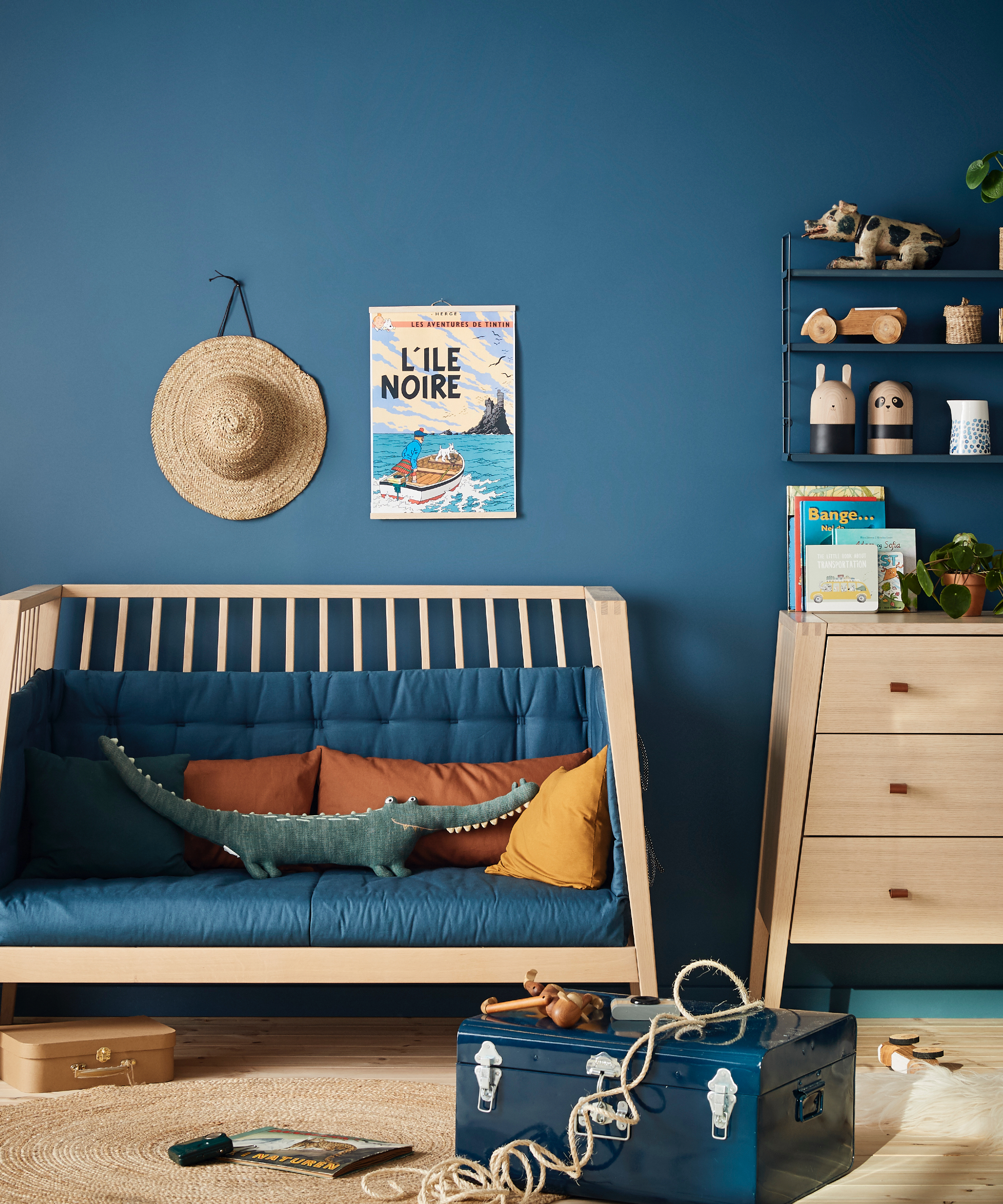
These days it's safe to say that most paints and crayons that you buy specifically for children will be safe from toxicity if they decide to put them in their mouths. Though it's always worth keeping non-child-friendly paints locked away.
Another good reason to keep craft items somewhere else is to prevent 'art' being created on walls and floors...! Will Cotter, CEO of Happy Cleans explains, 'We all love a good art project – to avoid this potentially messy situation, it’s best to keep these supplies in a designated art area or drawer in a craft space. If they want to color or create in the playroom, opt for washable markers to ensure that creativity doesn’t come at the cost of your carpet or walls!'
A storage solution on wheels is a great option for craft materials because it can be locked away in a cupboard after use.

This sturdy rolling cart has a strong metal frame and can carry heavy items like paint, pens and drawing books. With three baskets there's enough space for all manner of craft items and it can all be wheeled about easily with the 360-degree caster wheels that move smoothly on all floor surfaces.
2. Anything that's easily swallowed

Depending on the age of your child, or if you have multiple ages playing together, choking hazards can be an issue. Andreis Bergeron, VP of sales at Awning.com says, 'Small, easily swallowed objects – while this seems obvious, many overlook small parts from older sibling toys or art supplies that can pose a choking hazard.'
Will Cotter agrees, 'Little ones can turn anything into a potential choking hazard, like marbles or Lego pieces. It’s better to reserve them for older kids who can enjoy them safely and under supervision. Storing them on a higher shelf or in a closet that only adults can access is a smart move.'
'It’s best to store these items in labeled containers with secure lids in a designated craft or hobby area,' Andreis adds.
We love the look of this storage container that's large enough for all the smaller pieces you might have.
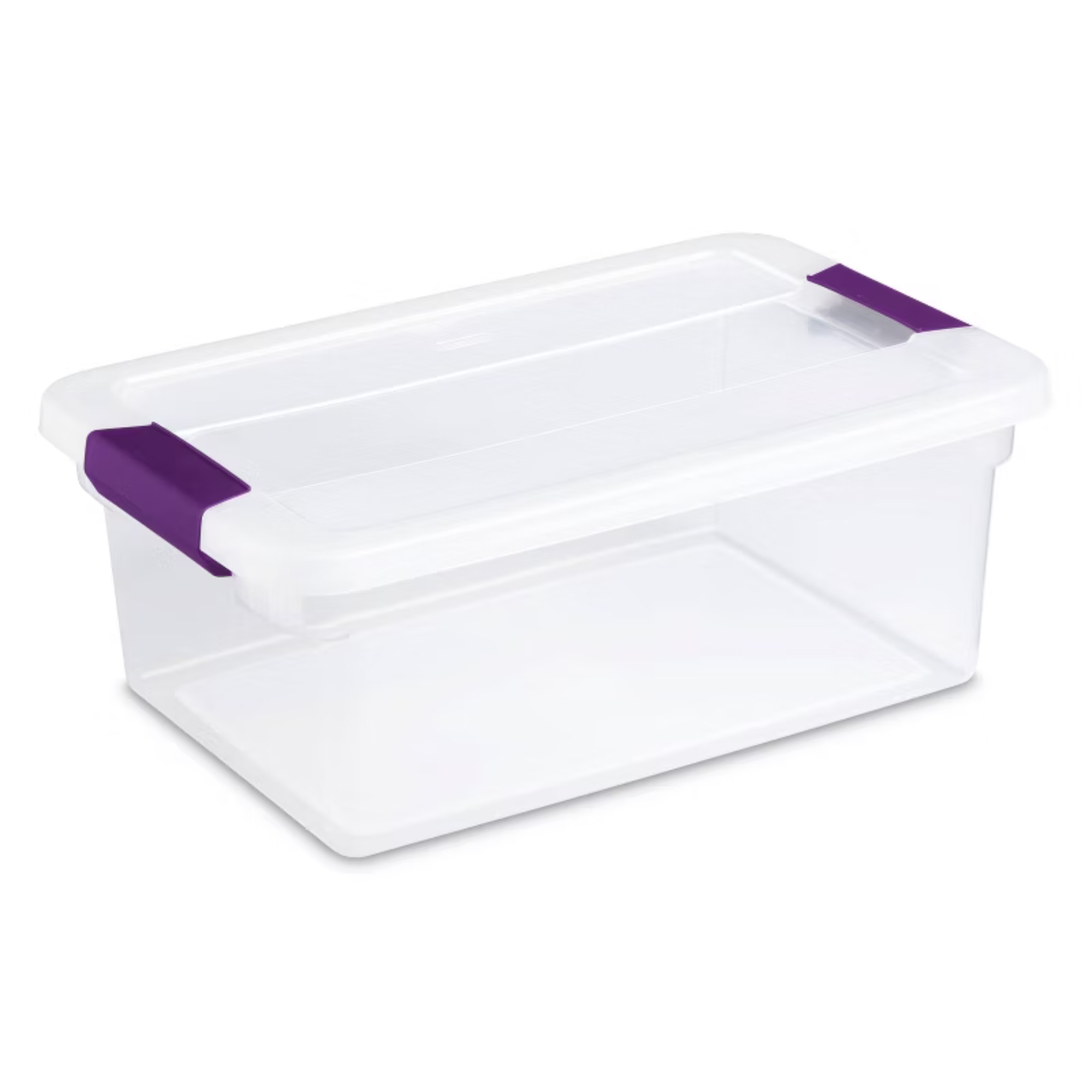
A really handy storage box that can be used throughout the house. Its transparency ensures you can easily see the contents making it ideal for storing playroom essentials. The design allows for easy stacking too and it's BPA and phthalate-free.
3. Screens
Perhaps not always a popular choice, but trying to keep screens out of playrooms ensures your children actually play and read instead of watching things on TV or tablets.
It can also really aid play when friends come to visit too, they can be stored high up or in another room for safekeeping.
According to BabyCenter’s reporting on expert insights [from the AAP, AACA (American Academy of Child and Adolescent Psychiatry) and research from Common Sense Media] infants shouldn’t be spending time with screens in playrooms, and older kids should have specific time limits. Robin adds, 'Research shows that too much screen time can lead to hyperactivity, impulsivity, and attention issues in children. Early excessive TV viewing is also linked to delays in thinking, language, and social skills, while violent content may contribute to behavioral problems.'
So if you can keep screens out of the playroom it will really help your children in every way.
4. Toys that become 'dull'
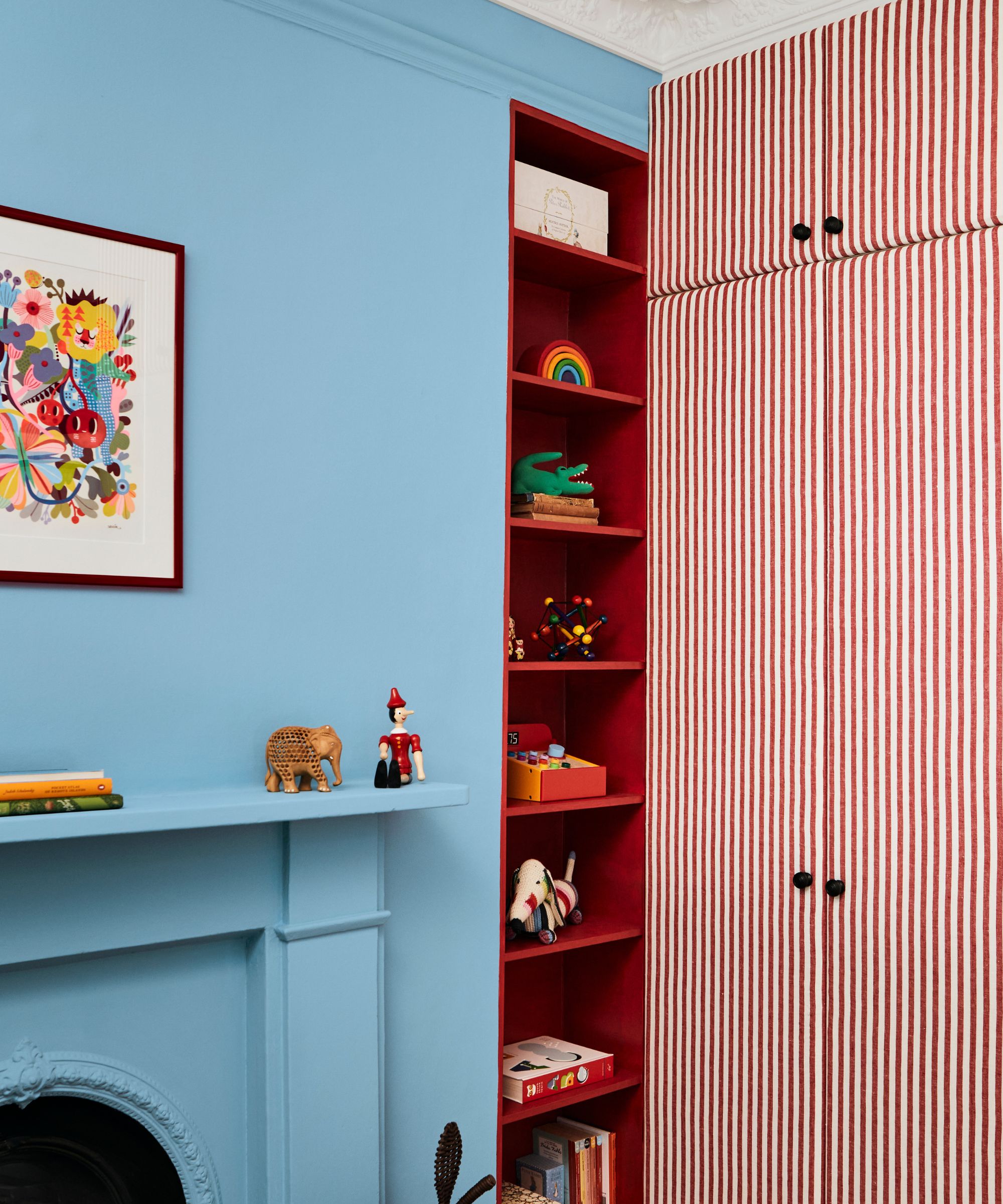
To maintain the playroom as a fun and enjoyable space to be in, it's worth storing toys that are deemed 'dull'. Toy rotation is a great idea to implement as it keeps things fresh for everyone.
The best way to do this is to divide the toys into small groups and only give them one group at a time. It will keep your child interested and more engaged, and helps to develop focus. The rotation could work on a weekly basis.
However, it does mean you need to store the toys not being used somewhere – this could be in a cupboard or shelf that's in another room or high up in the playroom.
These colorful PVC storage bags are ideal for trying this out in your playroom and will help to avoid playroom organizing mistakes.
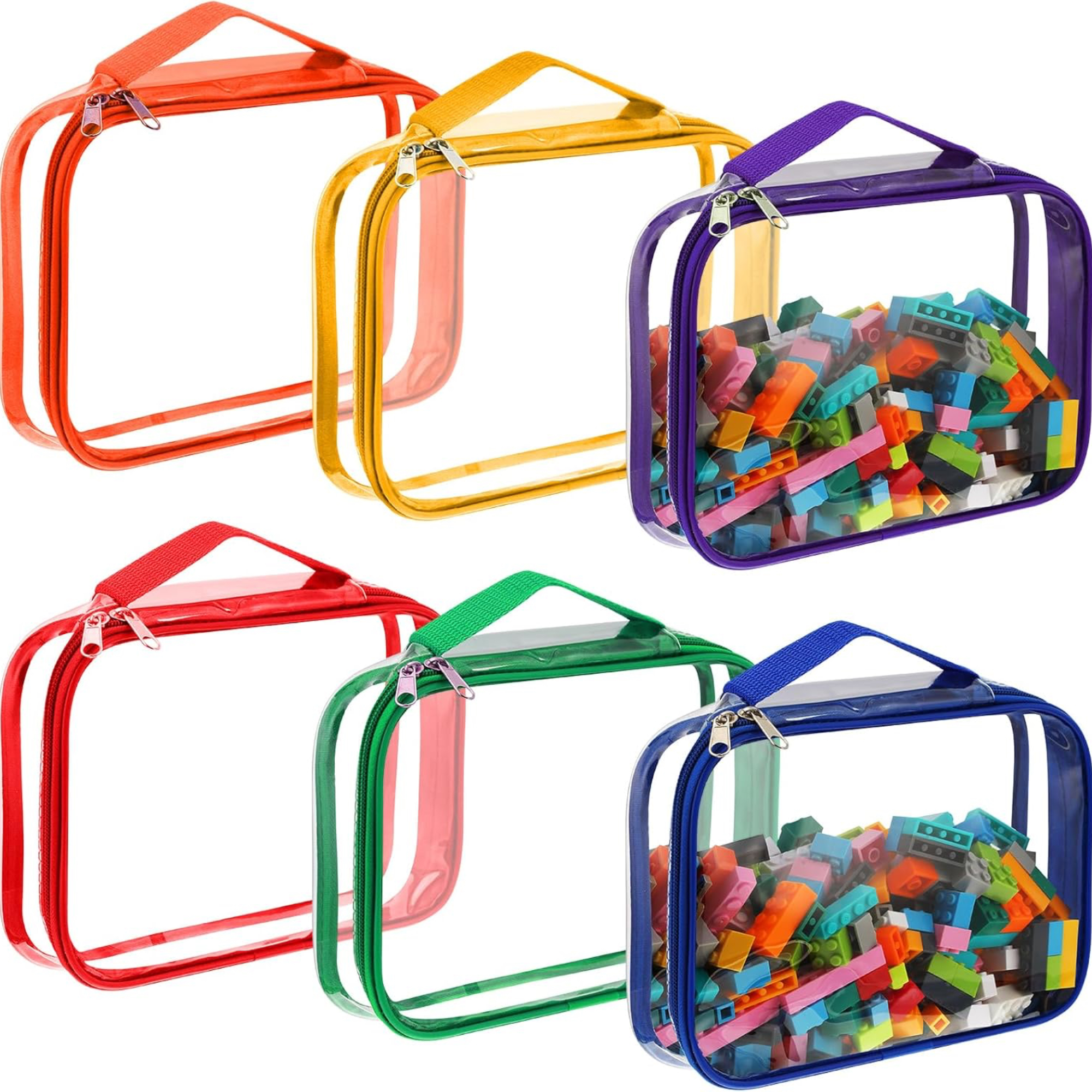
Use these brightly colored PVC storage bags for toy rotation. Easy to see the contents, you can store Lego, puzzles, paints, and pens in these fun storage packs. Waterproof and odorless, they can be wiped clean and come with a handle for easy moving.
5. Quick fix cleaning products
Wipes are perhaps one of the most used cleaning products when you have children – ideal for mucky faces and hands, as well as spills, they're something we don't live without! But they are best kept out of the playroom.
'Many parents keep cleaning wipes or sprays close by for quick cleanups, but they can be harmful if left within reach of children,' says Andreis Bergeron. 'Instead, consider placing cleaning products in a locked cabinet in the kitchen or laundry room. For convenience, opt for child-safe, non-toxic wipes that can stay in a drawer but pose no danger.'
Amazon's Pura Baby Wipes are plastic-free and plant-based, a great option if you want to keep them to hand.
6. Oversized furniture

According to Andreis Bergeron oversized furniture, especially pieces with sharp corners, should be avoided in a playroom. 'Large, unused items can make it difficult for kids to move freely, increasing the risk of injury. Relocate these pieces to a living room or guest room where adults can manage their positioning better. In their place, use soft, functional furniture like poufs or low benches with built-in storage.'
It can be cumbersome in a playroom, and ideally, it's best to incorporate child-sized furniture where possible, or as Andreis says, low benches and poufs.
'Most traditional storage solutions are going to be wooden dressers and maybe even wooden toy chests. These often come with sharp corners which can be so dangerous for little ones. A solution to this would be to either install built-in storage that is higher up and away from the danger zone or invest in plastic floor containers that are rounder and softer in material,' advises Marshall Webber, CMO of Stor-It.
Below we've chosen our top 3 buys for friendly furniture.
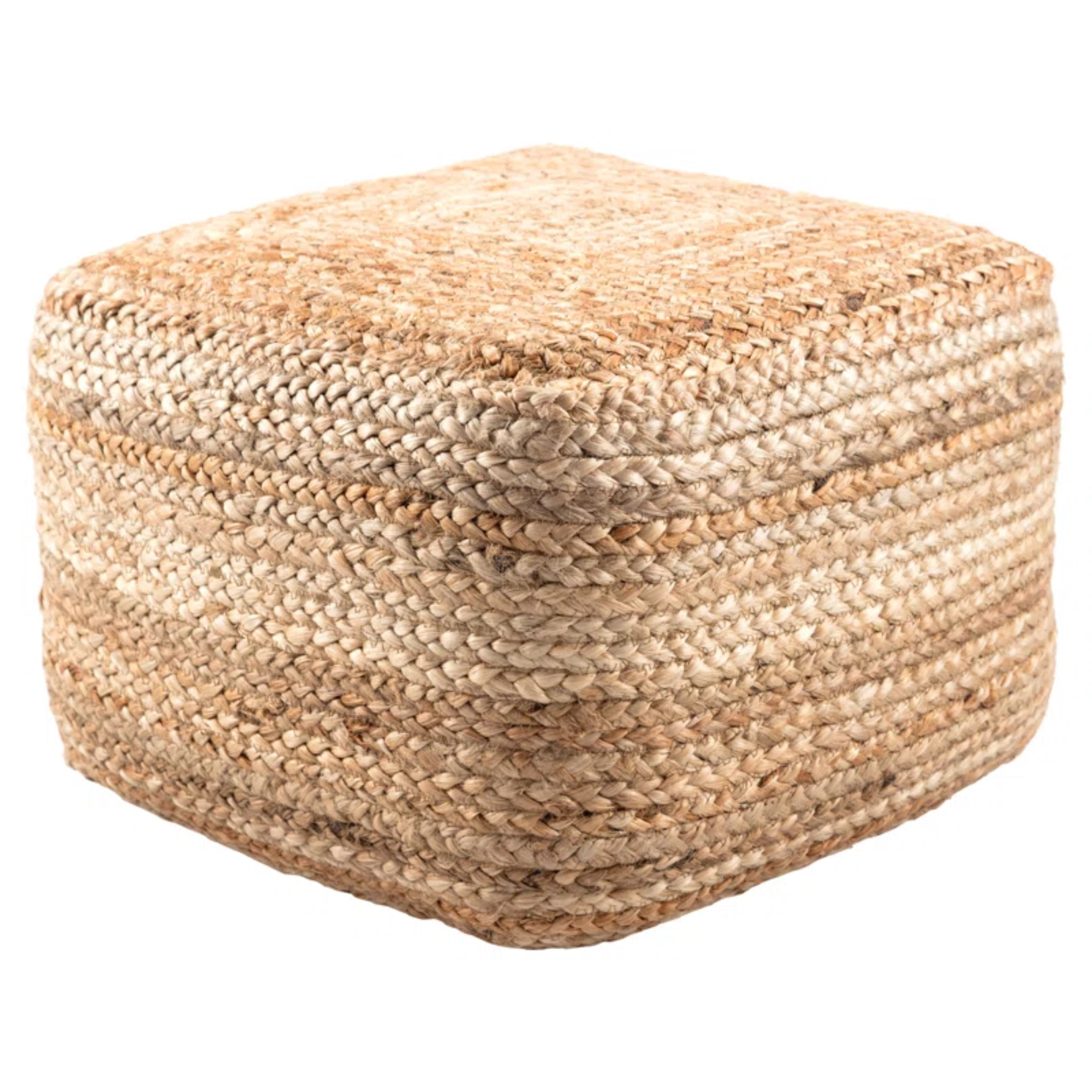
Made from strong jute, this square pouf is ideal for playroom seating as it's super soft and has no corners. It won't hurt your children if bumped in to and is a piece that can be used in a bedroom too.
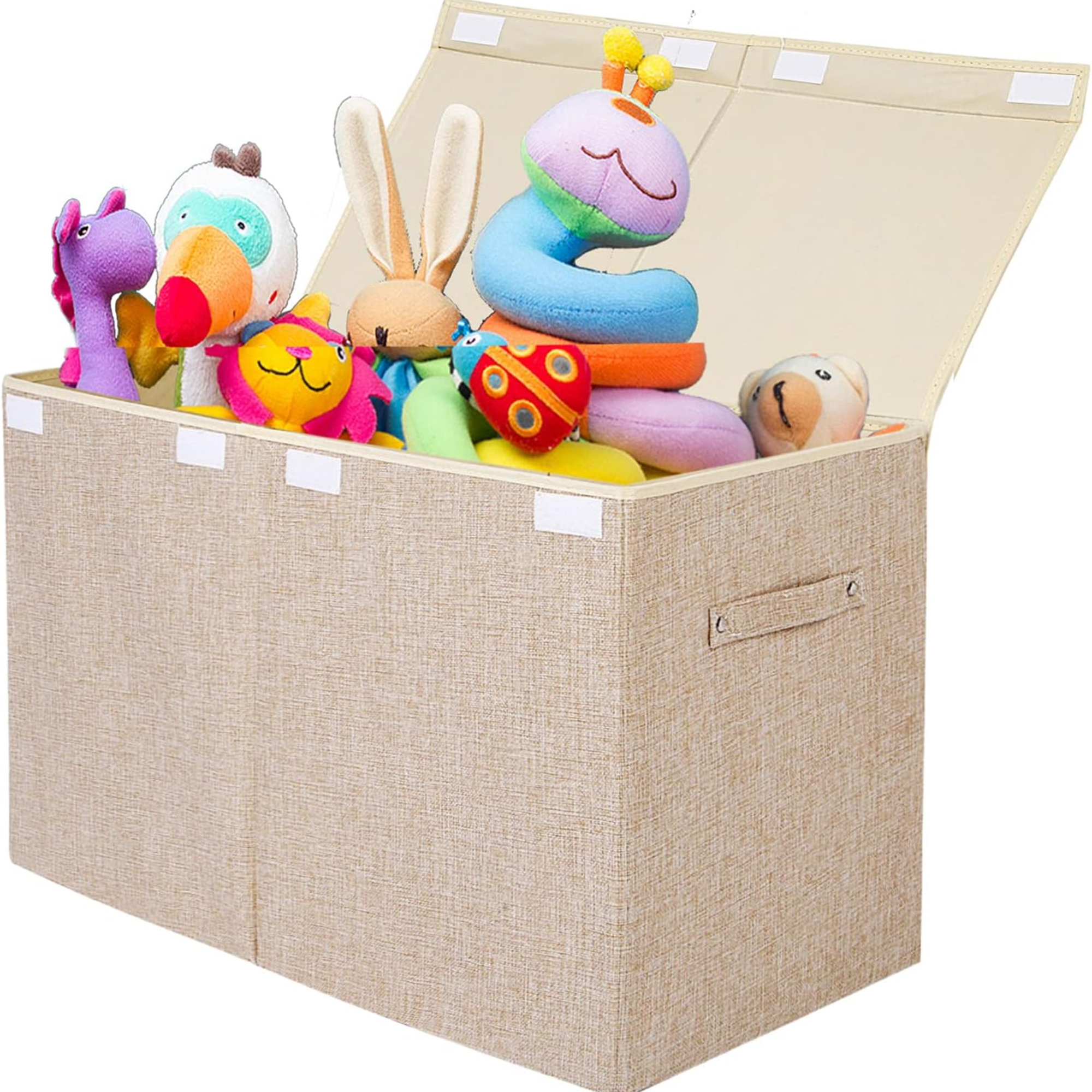
In a neutral linen beige, this unisex collapsible toy chest is ideal for a playroom. It's large enough for big toys as well as smaller items like books and blankets. You can also easily carry it around with the large handles on each end and the flip-top lid keeps toys free from dust.
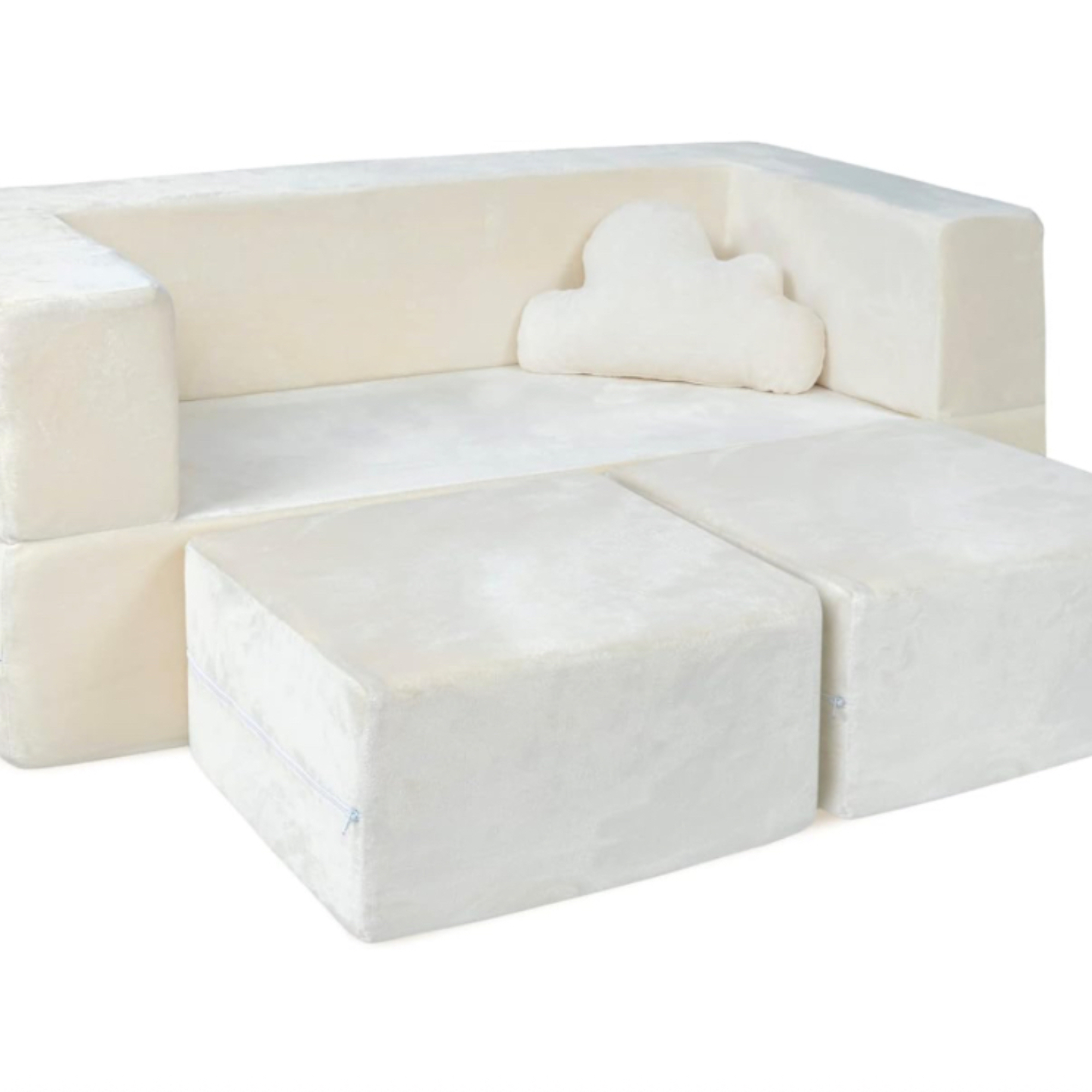
Available in six other colors, this super soft plush children's couch is ideal for playrooms. No scraps and bumps with this couch due to its curved corners and squidgy seating. The covers are washable too.
7. Items that aren't developmentally appropriate

Professional organizer, parent coach and owner of What U Keep, LLC, Liora Seltzer explains, 'The playroom will change throughout the years based on your children’s age and developmental stage. Items that you should not keep in your play area are games and toys that are not developmentally appropriate for your child and that might be dangerous for them to explore.'
It can be tempting to buy things for your children who are older than they are, but it's best to wait. Liora adds, 'But even without the safety concern, playrooms are often very crowded. So it’s better to keep anything that is not currently relevant for your child in another spot out of reach. When they are ready for that game or toy, you can bring it into their play space.'
8. Toys that younger children can reach

If you have children of different ages or perhaps cousins and friends who visit who are older or younger than yours, it pays to do a quick check of the playroom before they arrive.
'If you have children of multiple ages who share a playspace, I would consider where the best toy storage ideas could be and who can reach them – as well as asking myself if they are appropriate,' advises Liora. 'So for toddlers and very young children, I would keep everything down low, and for the older kids, I would keep them a little higher up, as long as they are not posing any choking hazard for the younger kid. If that is the case, those games should be in another location, that the toddler does not have access to.'
You can do this with shelving or by storing some toys elsewhere.
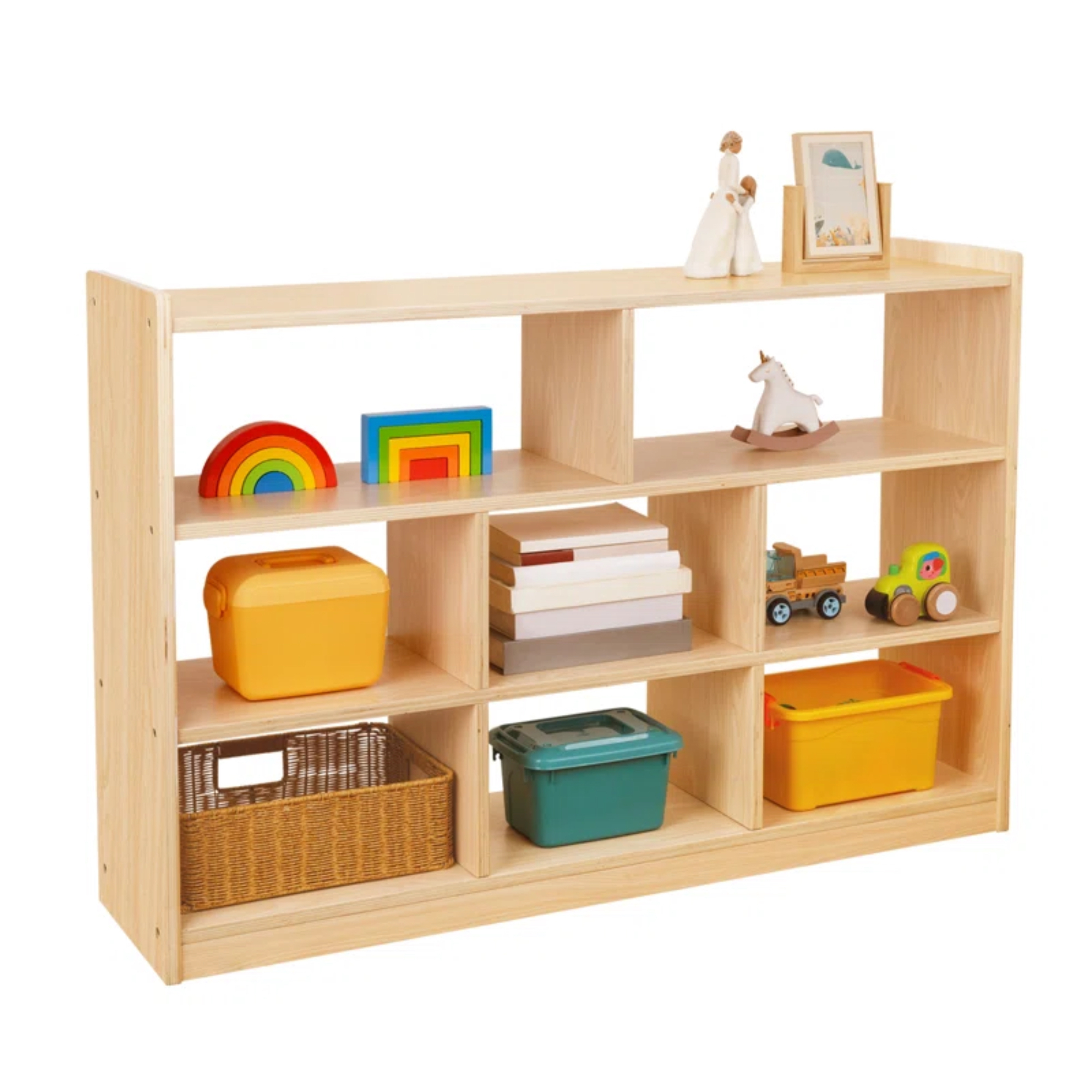
Montessori-designed shelving unit with 8 handy compartments that can store a variety of toys, from books to puzzles. Made from manufactured wood, it's sturdy, and scratch resistant and the shelves can be adjusted to suit your needs.
Meet our experts

Will Cotter is the CEO of Happy Cleans, an Oklahoma-based home cleaning company that offers one-off, regular, and deep cleans. On top of that, he also manages the operations of its sister companies across a growing list of territories including Indianapolis, Milwaukee, Louisville, Jacksonville, Columbus, Detroit, and Cleveland.

As the VP of Sales at Awning.com, I specialize in real estate and property management, including strategic decisions about home design and functionality. My extensive experience in managing short-term rental properties nationwide, combined with a deep understanding of real estate investment, provides me with unique insights into how homeowners can optimize their spaces.

Marshall is the CMO of the largest self-storage company in the state of Idaho.

I’m a professional organizer and parent coach based in Fair Lawn, NJ. I’m the owner of What U Keep, LLC. I help people live their best lives by decluttering and finding balance in their home and family life
Playrooms are a fantastic space to have in your home. You can use them to keep toys and games out of the bedroom. They also encourage play away from screens. Our tips will show you what to store and what not so your playroom is a safe and organized place for your children to play and relax in.
Sign up to the Homes & Gardens newsletter
Design expertise in your inbox – from inspiring decorating ideas and beautiful celebrity homes to practical gardening advice and shopping round-ups.

Sophie has been an interior stylist and journalist for over 20 years and has worked for many of the main interior magazines during that time, both in-house and as a freelancer. On the side, as well as being the News Editor for indie magazine, 91, she trained to be a florist in 2019 and launched Flowers Inside My Head where she curates beautiful flowers for modern weddings and events. For Homes & Gardens, she writes features about interior design – and is known for having an eye for a beautiful room.
-
 Kelly Ripa and Mark Consuelos's dining room shelves combine unexpected elements for the ultimate storage solution – it's multi-functional and replicable
Kelly Ripa and Mark Consuelos's dining room shelves combine unexpected elements for the ultimate storage solution – it's multi-functional and replicableGreen shelves in Kelly Ripa and Mark Consuelos' dining room cleverly combine storage to accomplish separate purposes in a pretty way
By Sophie Edwards Published
-
 I'm a Sleep Editor – these are the 7 mattress features I think are gimmicks and not worth the spend
I'm a Sleep Editor – these are the 7 mattress features I think are gimmicks and not worth the spendIn my search to find the world's best mattress, I've come across some duds − learn from my mistakes and avoid these mattress gimmicks
By Emilia Hitching Published
-
 6 ways to prevent mold and damp in bedrooms – expert solutions to maintain a safe sleep environment
6 ways to prevent mold and damp in bedrooms – expert solutions to maintain a safe sleep environmentDon't sleep on these six tips, experts urge
By Seraphina Di Mizzurati Published
-
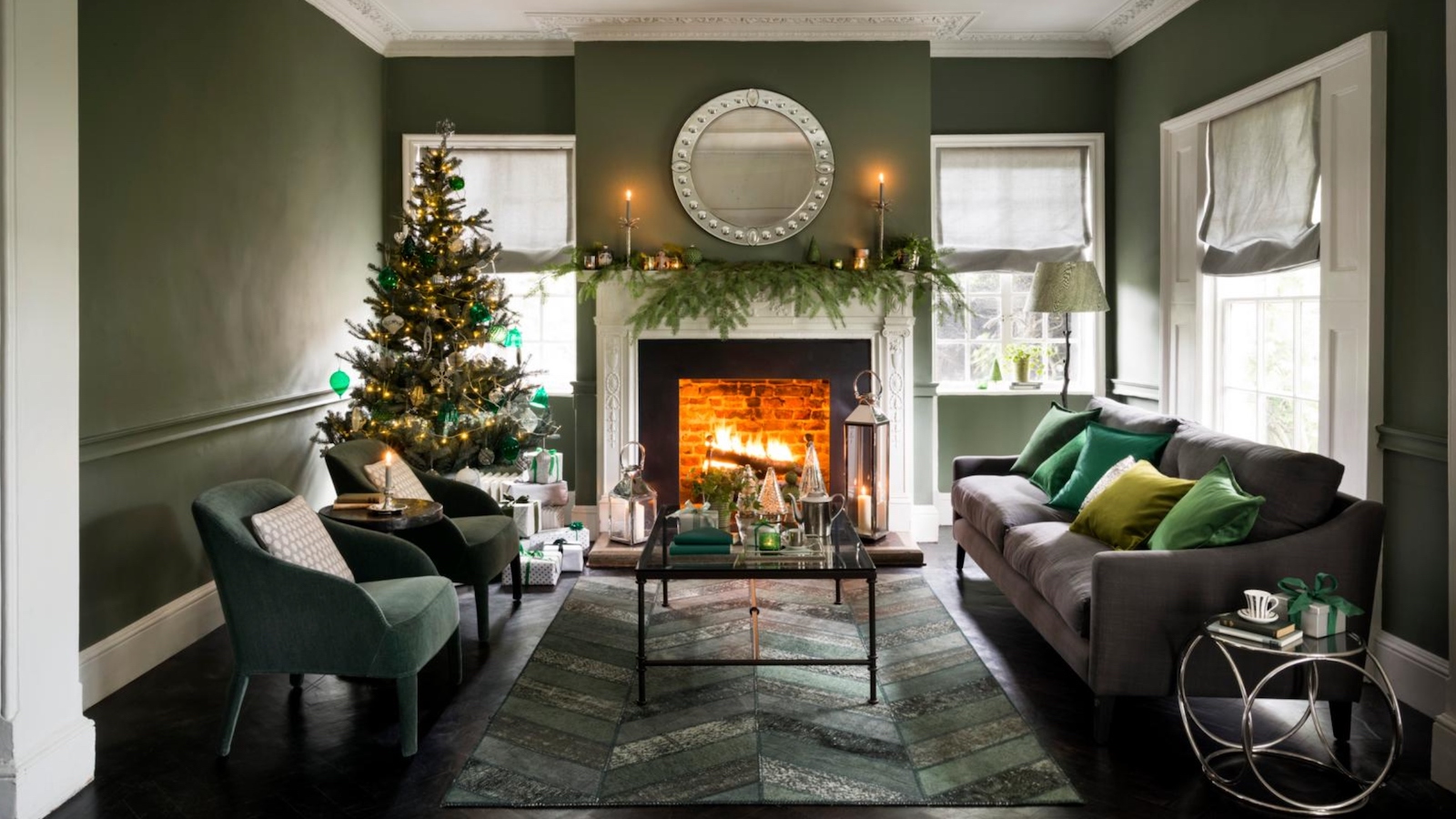 I tried the easy Reverse Advent Calendar decluttering method to clear out my home before Christmas – it's brilliant if overwhelm usually gets in your way
I tried the easy Reverse Advent Calendar decluttering method to clear out my home before Christmas – it's brilliant if overwhelm usually gets in your wayIt left my home feeling lighter with minimal effort
By Ciéra Cree Published
-
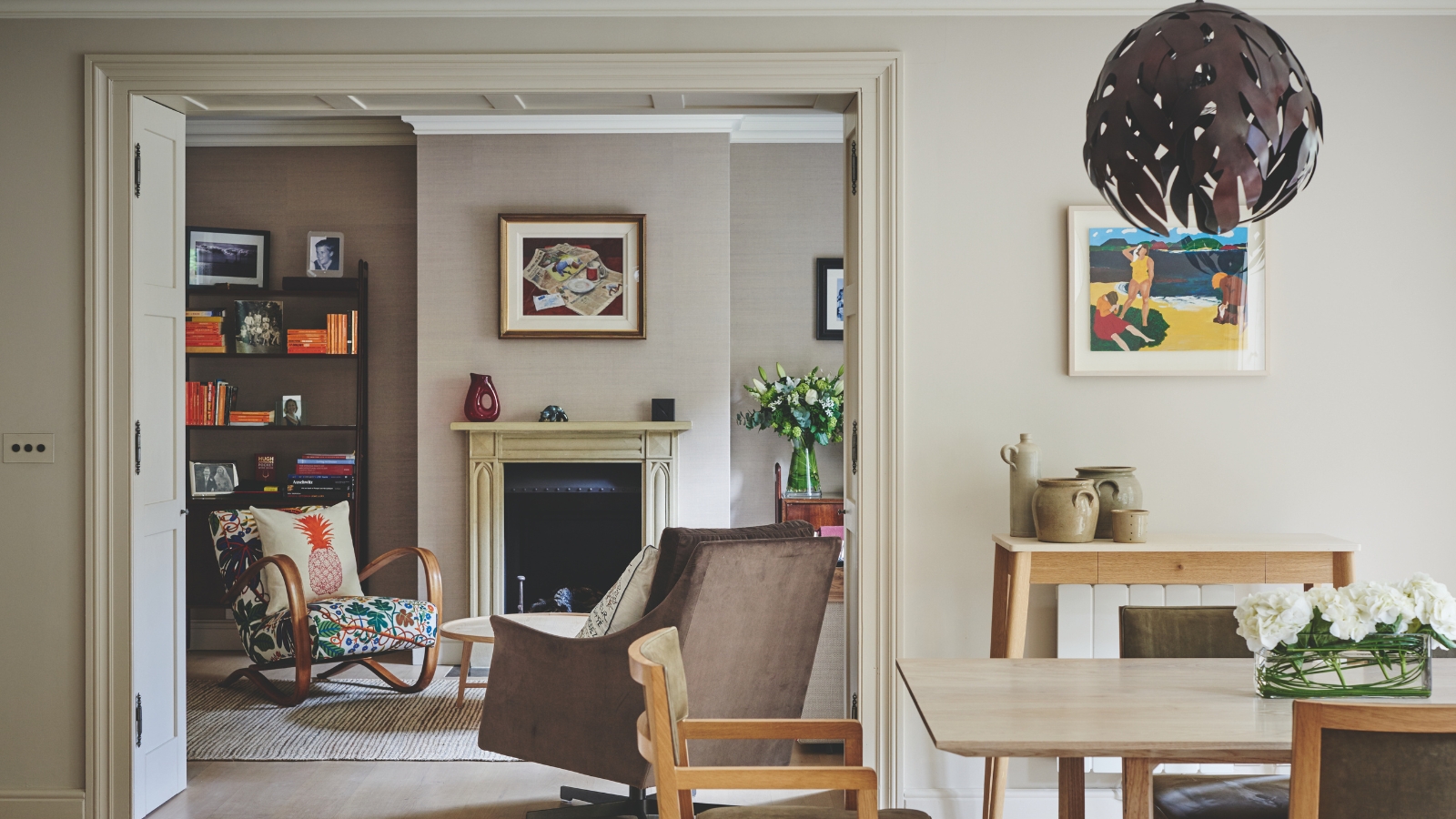 I tried the one-in-one-out method to keep my space clutter-free and it changed my relationship with shopping for good
I tried the one-in-one-out method to keep my space clutter-free and it changed my relationship with shopping for goodI added a few caveats that made the rule work better for me
By Ciéra Cree Published
-
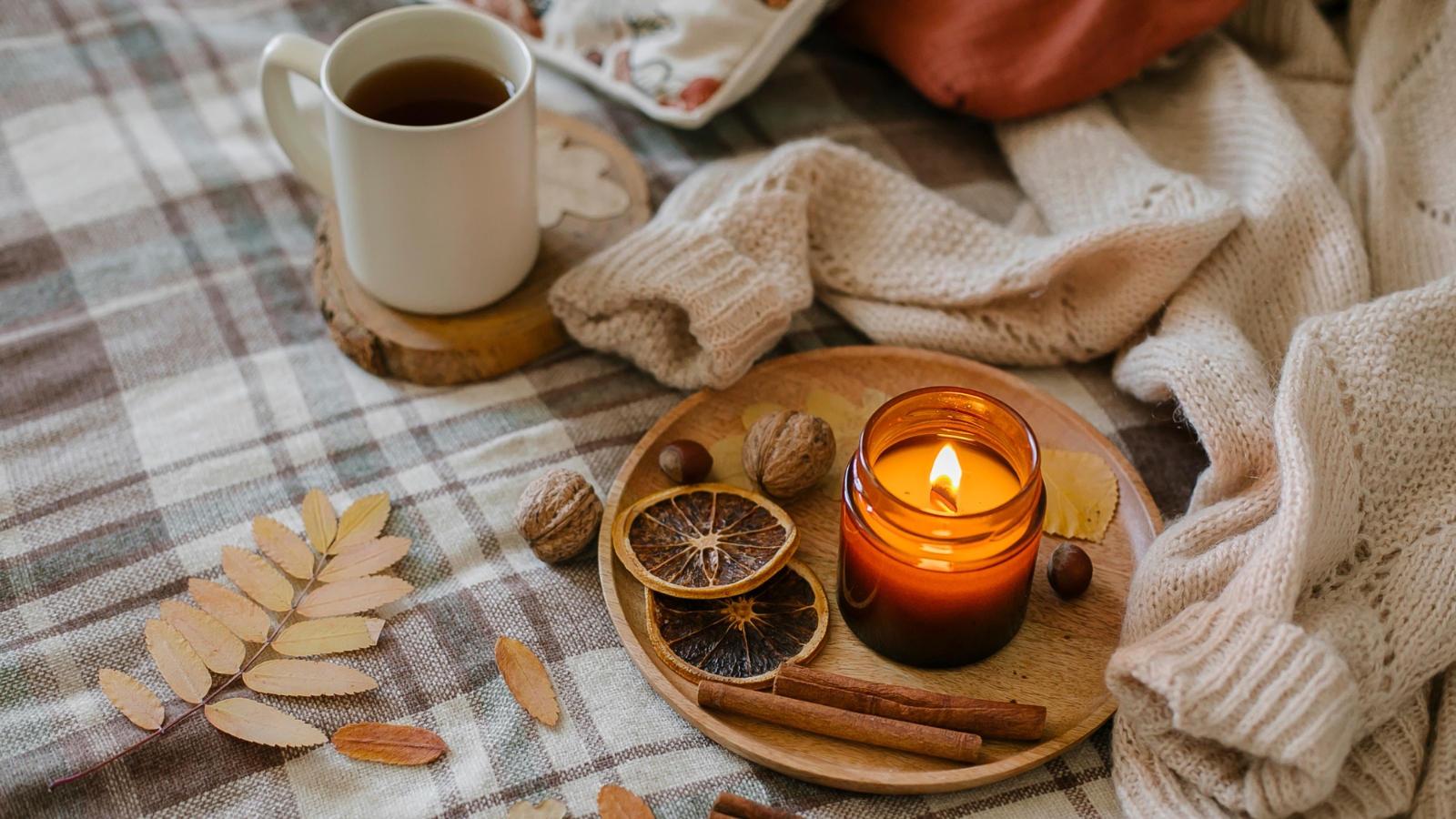 7 fall home maintenance tips experts never skip in their own properties
7 fall home maintenance tips experts never skip in their own propertiesSeven pro steps to maintain your home this fall
By Andy van Terheyden Published
-
 I’m in chronic pain and have used heating pads for 15 years to cope at home in cold weather – the best I've ever used is on sale for Amazon Prime's last day of deals
I’m in chronic pain and have used heating pads for 15 years to cope at home in cold weather – the best I've ever used is on sale for Amazon Prime's last day of dealsI've used more than 30 electric heating pads and they're my go-to for pain relief
By Punteha van Terheyden Published
-
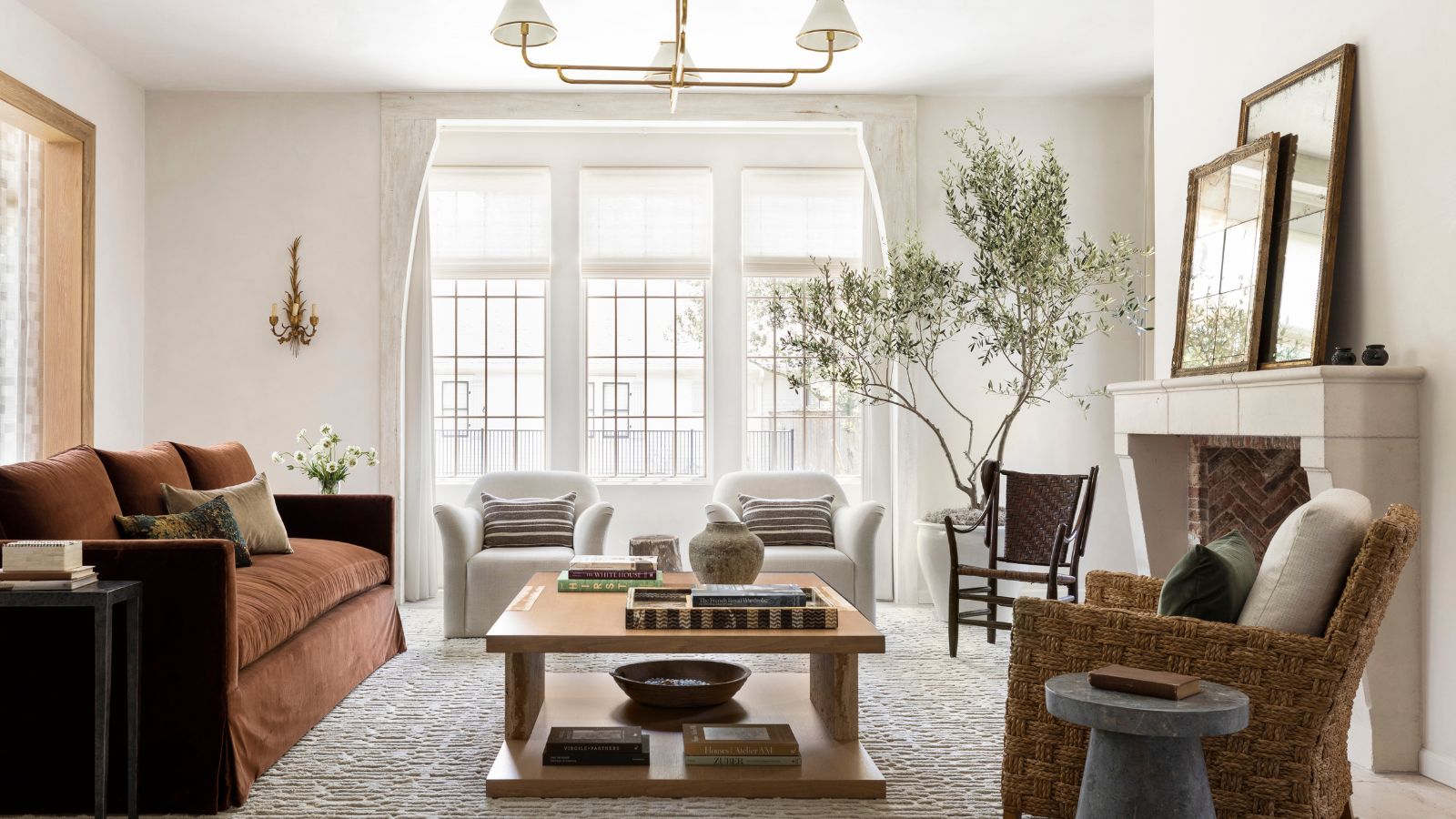 A professional organizer's best seasonal storage tips for living rooms – they're the key to having easy access, reduced clutter and improved functionality
A professional organizer's best seasonal storage tips for living rooms – they're the key to having easy access, reduced clutter and improved functionalityWelcome in the new season with stylish storage tips for fall
By Ottilie Blackhall Published
-
 How to elevate your teen's former bedroom into a beautiful home office
How to elevate your teen's former bedroom into a beautiful home officeTips and advice from an interior designer and a professional organizer on how to transition your teen's bedroom into a home office
By Ashley Chalmers Published
-
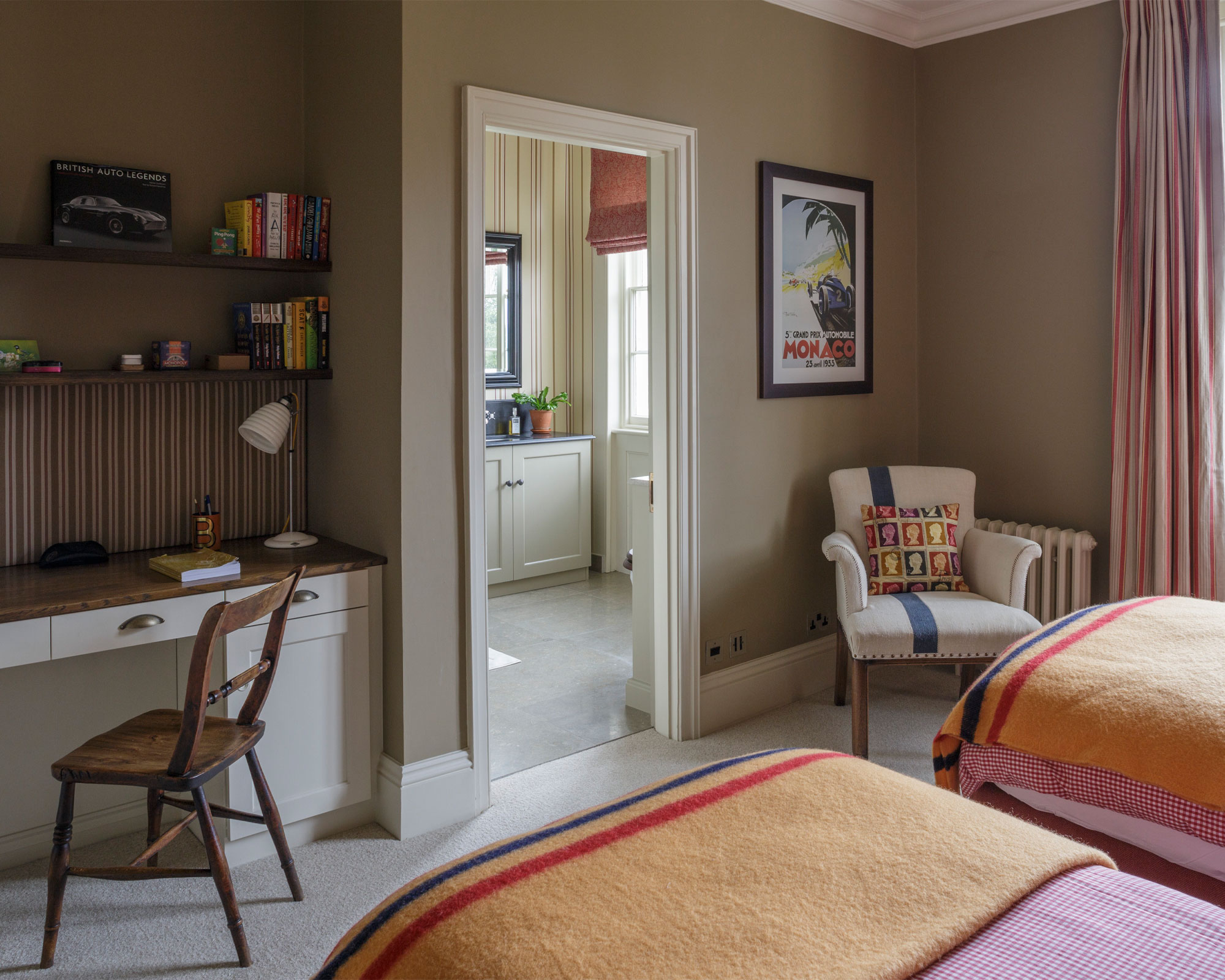 Here's how to deep clean a dorm room, according to experts
Here's how to deep clean a dorm room, according to expertsCleaning experts reveal all the best ways to deep clean a dorm room, and reveal some of the most ignored spots.
By Ashley Chalmers Published